_lowres.jpg)
Name
Classifications and Characteristics
| Plant Division | Angiosperms (Flowering Seed Plants) |
|---|---|
| Plant Growth Form | Tree (Medium (16m-30m), Small (6m-15m)) |
| Lifespan (in Singapore) | Perennial |
| Mode of Nutrition | Autotrophic |
| Maximum Height | 30 m |
Biogeography
| Native Distribution | South China, Vietnam, Laos, the Philippines |
|---|---|
| Native Habitat | Terrestrial |
| Preferred Climate Zone | Sub-Tropical / Monsoonal |
| Local Conservation Status | Non-native (Horticultural / Cultivated Only) |
Description and Ethnobotany
| Growth Form | It is a small to medium-sized tree growing up to 30 m tall. |
|---|---|
| Foliage | Its compound leaves consist several pairs of lanceolate to ovate leaflets, which are 6-14 cm long. |
| Flowers | Its inflorescence are born in leaf axils, consisting many small white florets. |
| Fruit | Its fruits are drupes, ovoid to spindle-shaped, ripening from green to yellow. |
| Ethnobotanical Uses | Edible Plant Parts : Edible Fruits Food (Fruit or Vegetable): The fruits are often consumed after preserved. |
Landscaping Features
| Landscape Uses | Suitable for Roadsides, Parks & Gardens |
|---|---|
| Thematic Landscaping | Economic Garden |
Plant Care and Propagation
| Light Preference | Full Sun |
|---|---|
| Water Preference | Moderate Water |
| Plant Growth Rate | Moderate |
| Rootzone Tolerance | Well-Drained Soils |
| Propagation Method | Seed |
Foliar
| Mature Foliage Colour(s) | Green |
|---|---|
| Foliar Type | Compound |
Floral (Angiosperm)
| Flower Colour(s) | White |
|---|---|
| Flower Grouping | Cluster / Inflorescence |
| Flower Location | Axillary |
Fruit, Seed and Spore
| Mature Fruit Colour(s) | Yellow / Golden |
|---|---|
| Seed Quantity Per Fruit | Few (1-5) |
Image Repository
Others
| Master ID | 32950 |
|---|---|
| Species ID | 7364 |
| Flora Disclaimer | The information in this website has been compiled from reliable sources, such as reference works on medicinal plants. It is not a substitute for medical advice or treatment and NParks does not purport to provide any medical advice. Readers should always consult his/her physician before using or consuming a plant for medicinal purposes. |

.jpg)
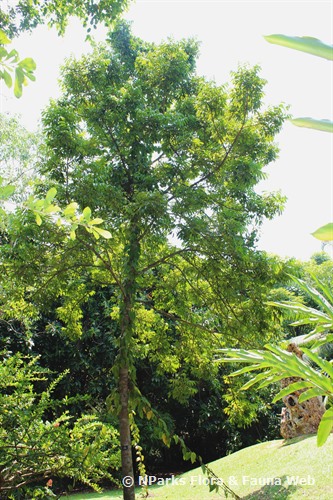
_lowres.jpg)
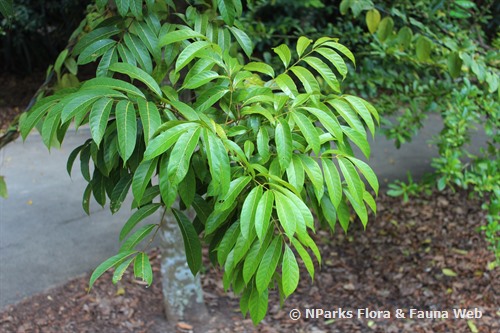
_lowres.jpg)
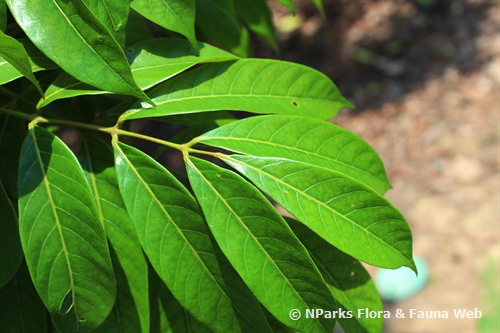
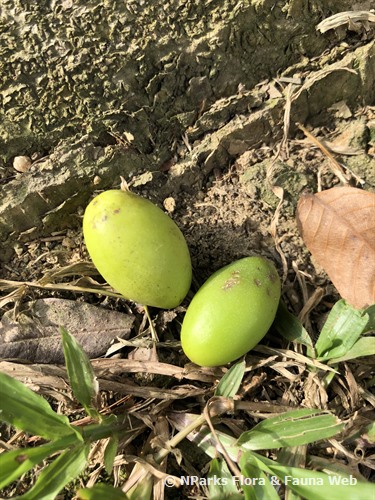
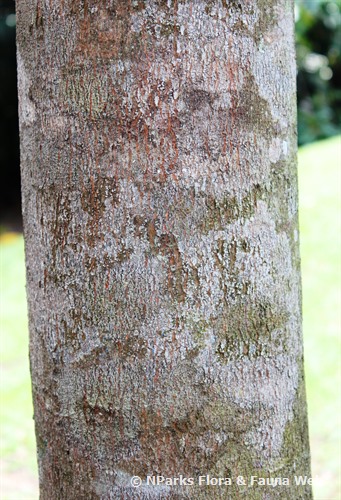

_lowres.jpg)
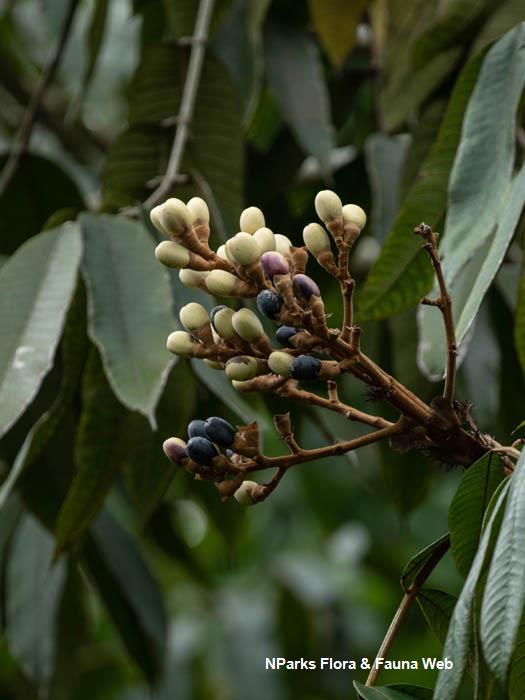
.jpg)